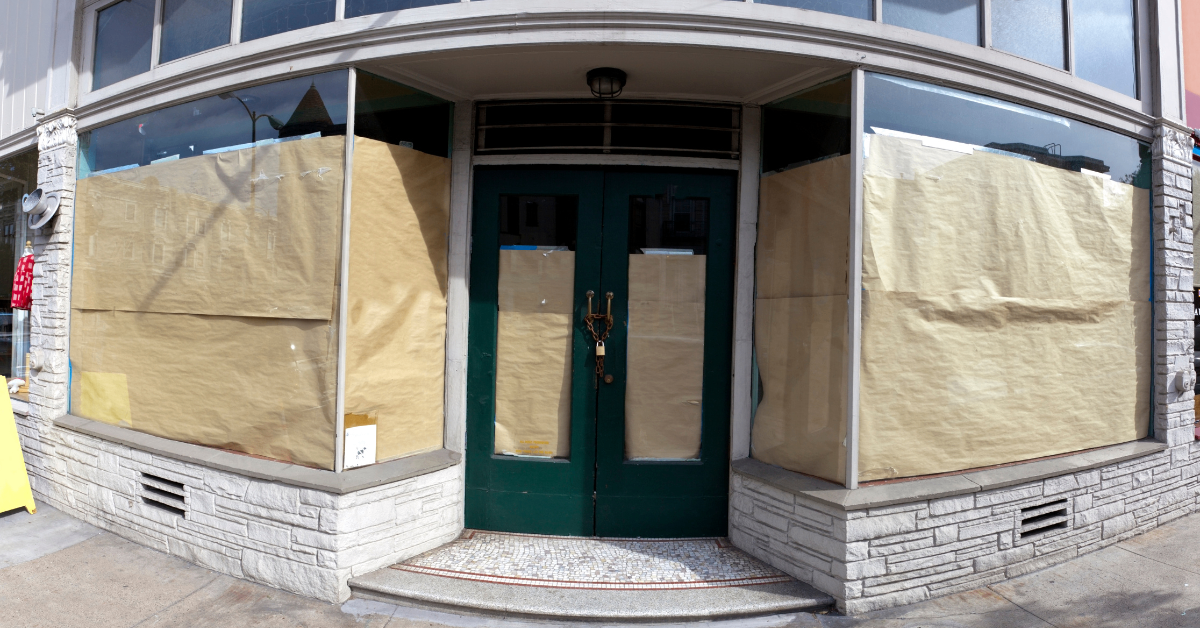As President Donald Trump doubles tariffs on imported steel and aluminum to 50%, businesses across various industries are scrambling to prepare for rising costs and potential economic disruptions, including the risk of a recession. This protectionist change in trade policy is a real example of how macroeconomic decisions can impact industries and the businesses operating within them. This begs the question: Why do some companies recover faster from a recession, while others seem to fail overnight? Is it just bad luck, or is there a deeper economic reason at play?
Professor Adelphe Ekponon of the Telfer School of Management and his co-applicant are tackling this question head-on through a project funded by a SMRG Research Development Grant. The team is building a new predictive model to understand how macroeconomic conditions, like recessions, inflation, or changes in interest rates, affect not just individual companies but entire industries.
To do this, they’re focusing on one key factor: competition. Some industries, like tech or retail, have many

companies competing with one another. Others, like utilities or telecom, are controlled by just a few big companies. The idea is that these two types of industries react very differently during economic downturns, like during a recession. Yet, most existing research on industry performance tends to group all businesses together into one big category, without looking closely at the differences between industries.
To address this gap, the team will use data from the U.S. to analyze stock performance and track industry trends over time. The goal is to untangle how much of a company’s performance, including its stock market return, is driven by macroeconomic conditions versus factors specific to its industry. That means exploring how the entry and exit of businesses shape the dynamics of entire industries and the markets they operate in, and whether these patterns shift during good or bad economic times (boom or bust cycles).
The team predicts that these patterns can show why companies in some industries survive while others fail. For instance, Ekponon explains, “We anticipate that companies in concentrated industries tend to weather a downturn more smoothly, as they earn more stable profits. Meanwhile, companies in highly competitive industries experience more dramatic ups and downs. Their stock prices may soar in times of economic growth but take sharp dips during recessions, since the coming and going of competitors doesn’t reduce their exposure to changing market forces.”
Ekponon’s research is especially timely given the growing economic uncertainty and the rise of protectionist trade policies from the U.S. administration. These policies can disrupt entire industries by raising costs, shifting supply chains, and sending ripple effects across Canadian and global markets.
What’s more, the research team hopes their work will help move the field forward by introducing a more accurate economic model that predicts how different industries respond to change, and which ones are most at risk during economic shocks. It’s also meant to give helpful advice and resources to investors, business leaders, and policymakers, helping them lead through volatile times and ultimately thrive.







